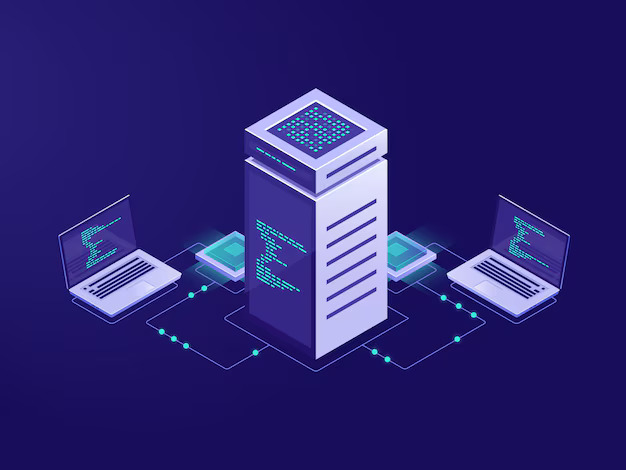Backend operations for Servers
Server management
Server management is an important part of backend development. It includes tasks like selecting a server, configuring it for applications, monitoring and maintaining it, and more. Tools like Ansible, Chef, and Puppet can help automate server configuration and maintenance.
Backend server architecture
A backend server is made up of hardware and an operating system that hosts the applications that run the web application. It also includes a database that stores data for the application.
Back-end development
This process involves writing code for the server, database, and application. Back-end developers focus on the server-side of a website, which is what you can’t see. They ensure that the website functions correctly by managing databases, APIs, and architecture.
Linux commands
The service command in Linux is used to manage system services. These services are long-running processes that are started at boot time and run in the background. The service command can be used to start, stop, restart, and check the status of these services.
Deploying an admin backend
To deploy an admin backend to an Ubuntu server, you can use SSH to connect to the server. You can then install Node.js and NPM, install dependencies, and create the database. You can use Rsync or Git to copy the admin backend code to the remote server.
Linux server automation
There are tools available to automate system admin tasks on Linux.
The backend (or “server side”) is the part of the website which you don’t see.It’s responsible for storing and organizing data, and ensuring everything on the client-side actually works. The backend communicates with the frontend, sending and receiving information to be displayed as a web page.

